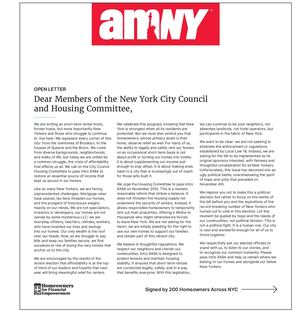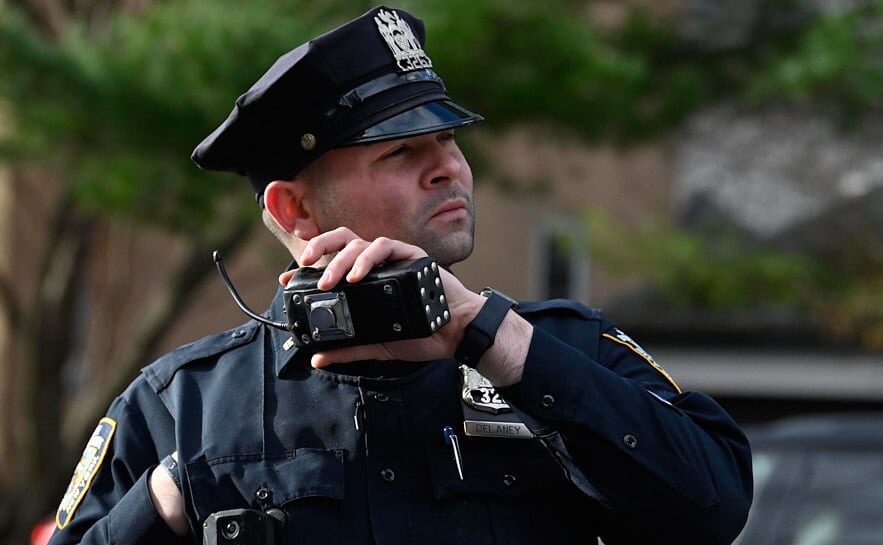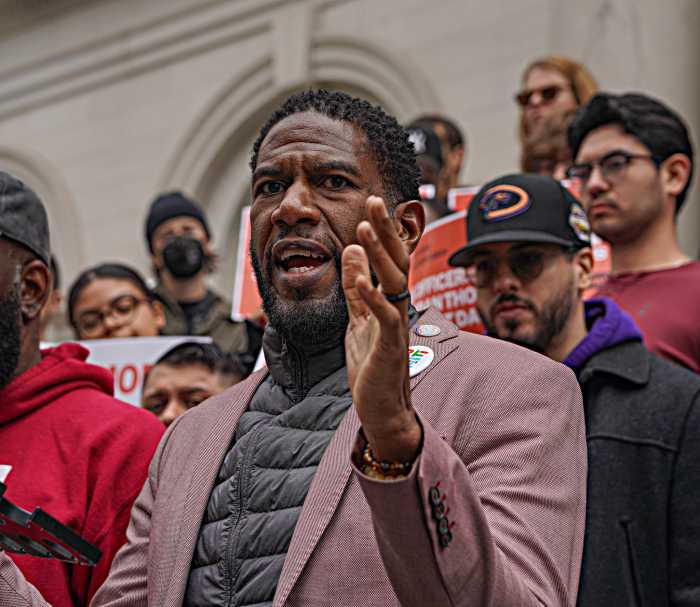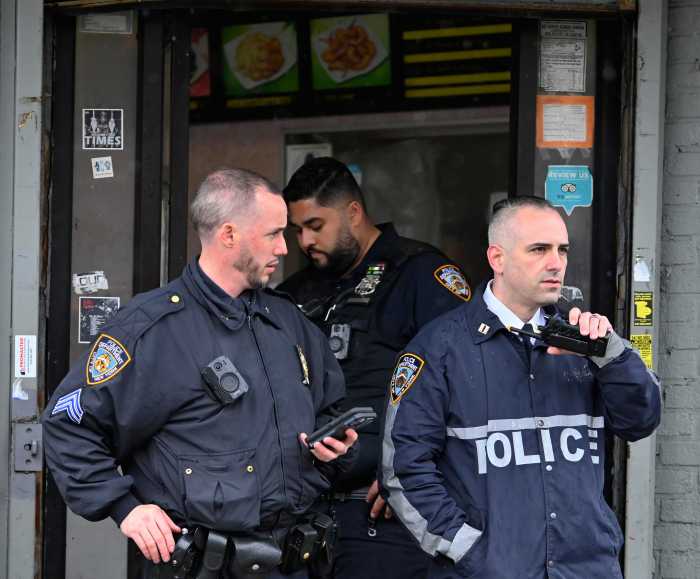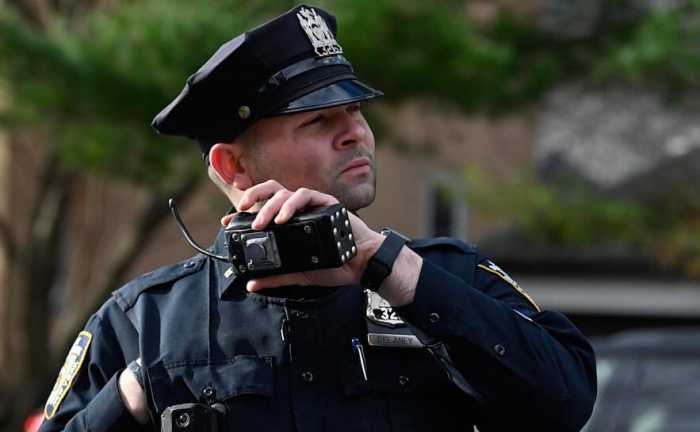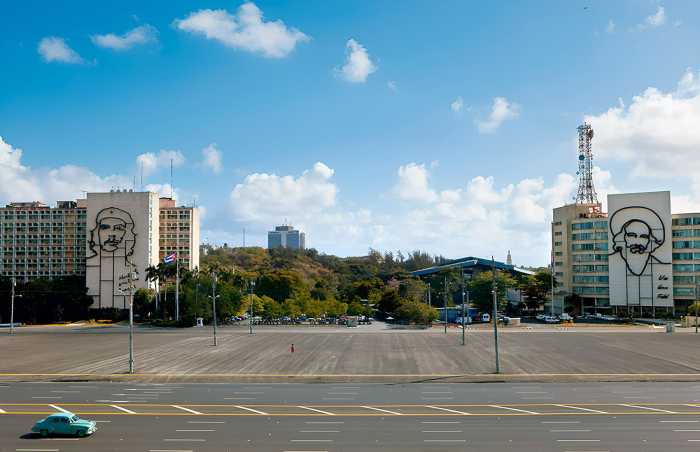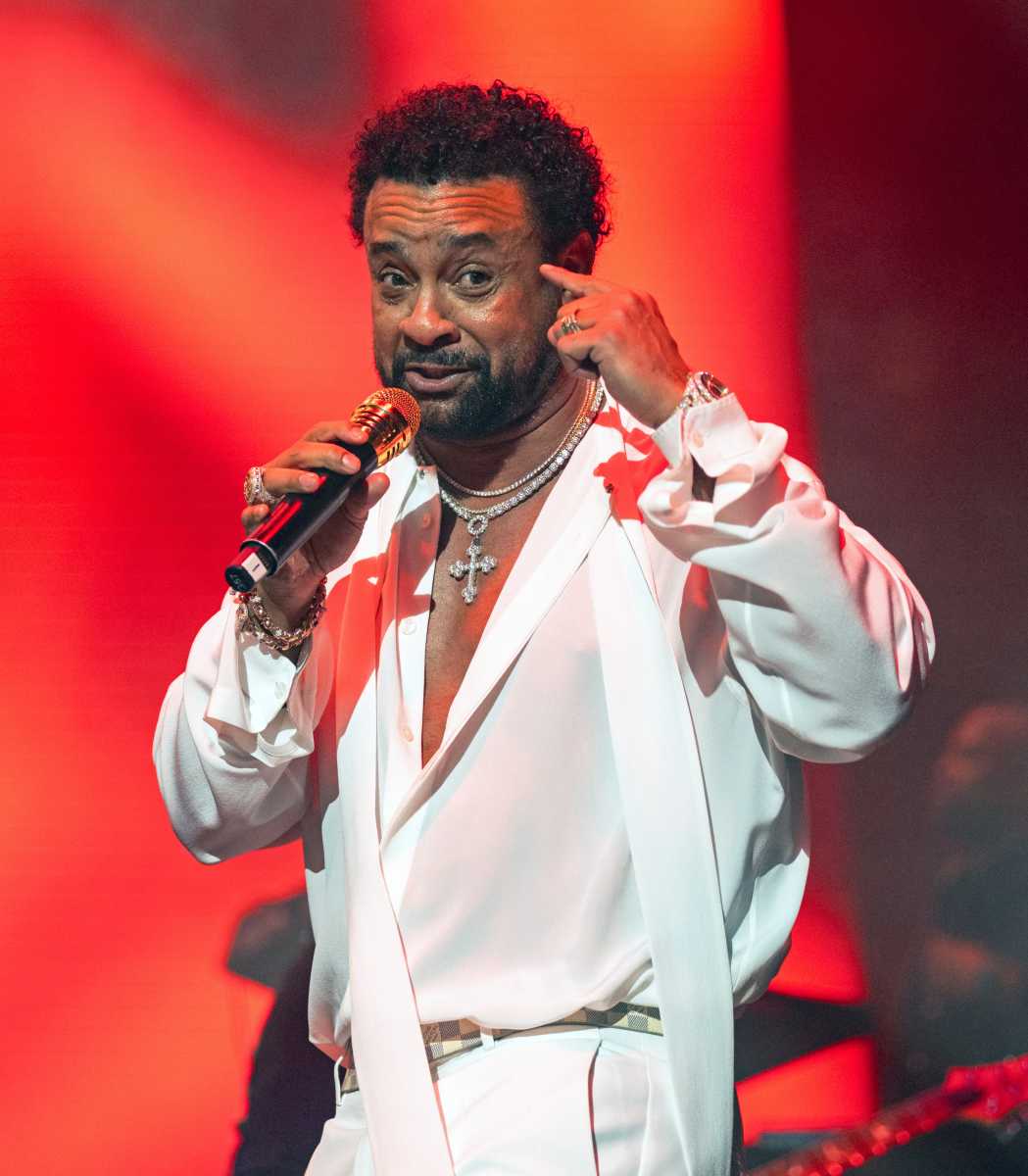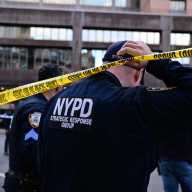Police officials revealed Tuesday that some NYPD radios may be spared from the ongoing encryption process, yet some pols say that may not be enough to quell transparency concerns.
The revelation came during Mayor Eric Adams’ weekly media availability on Tuesday, a day after amNewYork Metro reported that a slew of Bronx precincts were the latest to have their radios encrypted, and their channels cut off from public monitoring. Previously, the NYPD encrypted radios in Brooklyn and Staten Island.
According to NYPD Deputy Commissioner of Intelligence and Counterterrorism Bureau Rebecca Weiner, some crucial radio channels that journalists use to monitor news will remain on the air.
“One thing to keep clear is that the citywide stations are going to remain unencrypted,” Weiner said. “This is not an all-or-nothing situation.”
amNewYork Metro followed up with several high-ranking police officials after the press conference who confirmed that the citywide stations will not be nixed, instead leaving individual precincts on the chopping block. However, the future of several significant other stations remains uncertain.
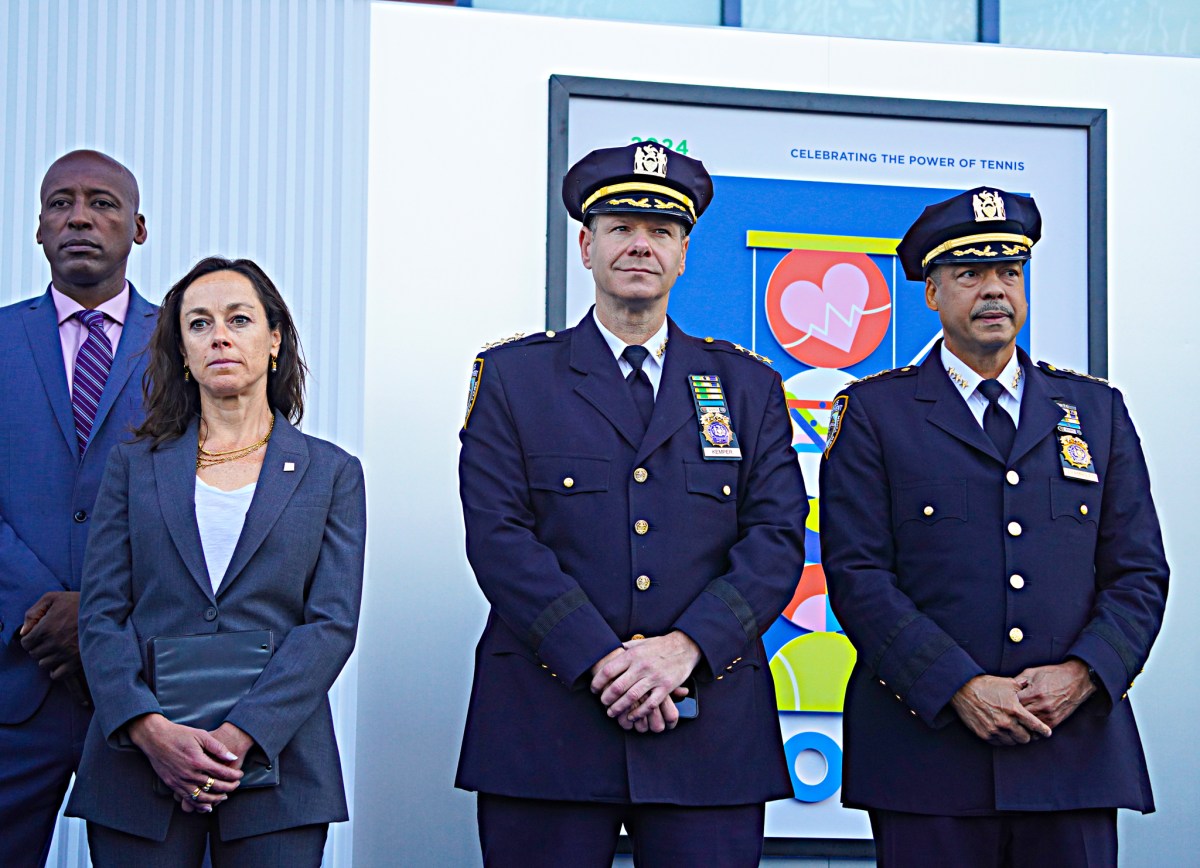
Mayor Eric Adams explained that the encryption effort is part of an effort to boost police safety, and reduce the chance of “bad guys” monitoring transmissions. amNewYork Metro pressed the mayor on Aug. 27 about the ongoing encryption process and whether criminals have been found to be listening to police strategies through the devices.
“What’s interesting about criminals, they don’t notify you on the ways that they’re going to undermine the system. They don’t call up the police and say: ‘Hey, I’m getting ready to listen to this call that you’re getting ready to respond to a man with a gun,’” Adams responded. “They are determined to hurt innocent New Yorkers, and I’m determined to push back on them.”
For many observers, the prospect of silencing police radios from journalists’ ears is no joke. NYPD watchdogs such as the Legal Aid Society and members of the media have deemed the encryption effort as an attempt to quiet the airwaves, control the flow of information, and limit transparency.
Even with some frequencies remaining unencrypted, there are those who are still concerned with police accountability.
“Again and again, this administration shows they are not committed to transparency. They claim this is about public safety, but transparency is absolutely essential to public safety and law enforcement,” Public Advocate Jumaane Williams told amNewYork Metro. “I’ve yet to hear a good reason why this encryption is underway, or why the NYPD believes there are no other ways to address their concerns.”
Adams, however, remained defiant, however, citing officer welfare as being a deciding factor in the encryption decision.
“That’s my top priority. Being safe to me, that’s the foundation of everything, and I view everything through that prism,” Adams added.
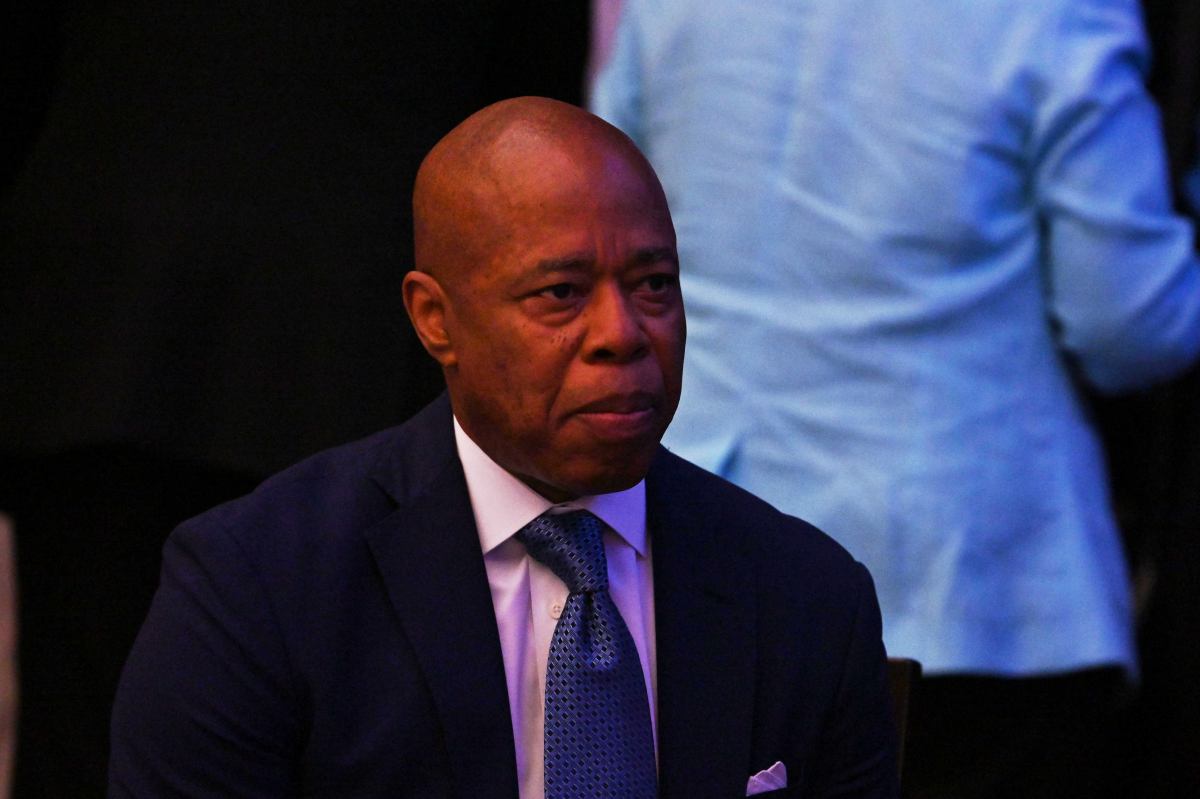
Another reporter quizzed the mayor on if the administration had considered giving members of the media access on a slight delay.
“We’re not going to close the door and be so stubborn, but the people have to come to me with something that’s not going to jeopardize the lives of police officers, responding officers and responding to calls of service,” Adams said.
A spokesperson for the City Council, however, charged that the encryption process is a threat in and of itself to public safety.
“The NYPD’s radio encryption rollout continues to threaten public safety, transparency, and accountability by excluding any access for journalists, volunteer emergency responders, and the public,” the spokesperson said. “While other municipalities’ radio encryption rollouts have found ways to maintain public safety and transparency, the Department’s plan inexplicably fails to do so.”
Additional reporting by Ben Brachfeld and Todd Maisel
Read More: https://www.amny.com/politics/
